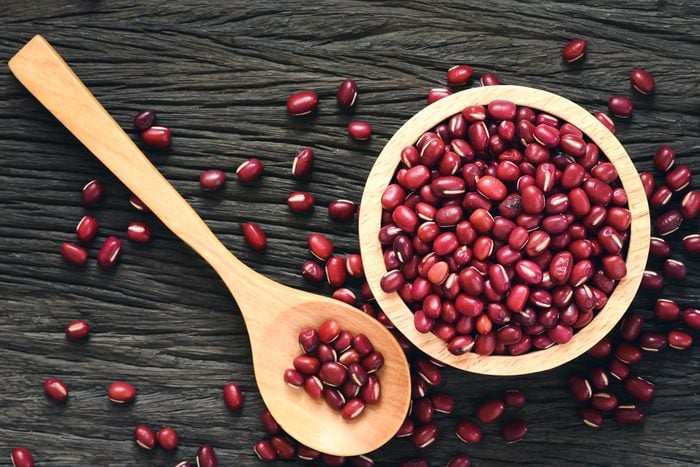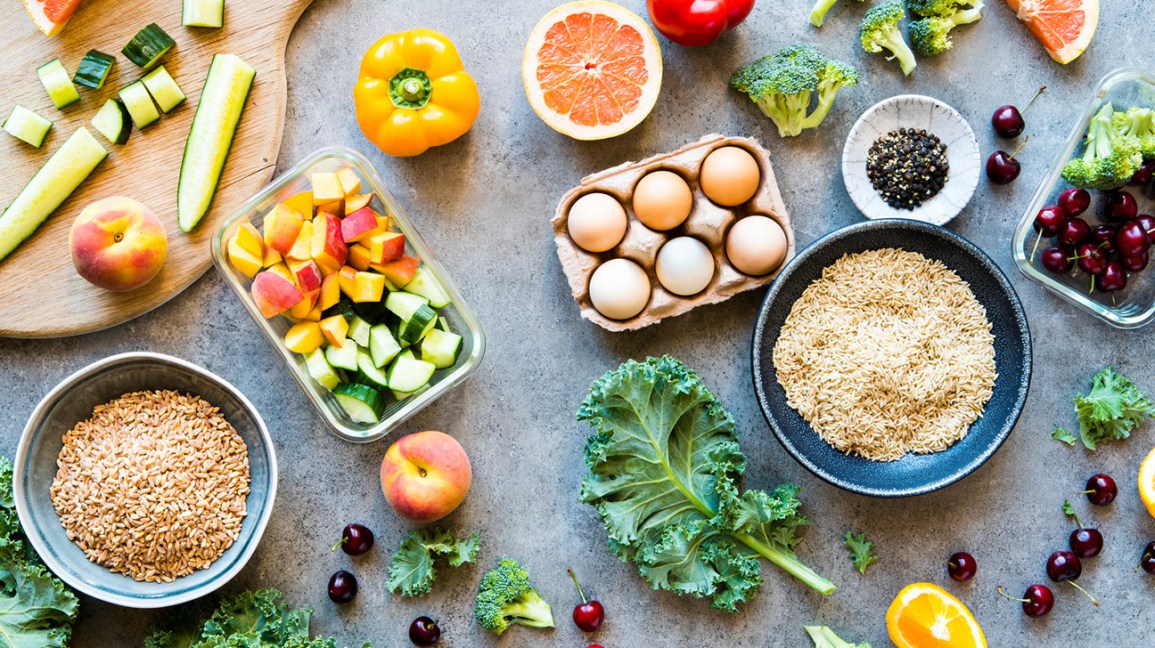
Chickpeas contain a lot of nutrients and are low in fat. They also have a high level of protein and fiber. You can use them to add taste and texture to many dishes including pasta, soups and stews. You can also incorporate them into a variety of snacks and desserts for a hearty, vegetarian treat!
Here are our 21 favorite vegetarian recipes, whether you are looking to use leftovers from your pantry or have some chickpeas lying around. There are a variety of recipes, from a classic hummus recipe to a chocolate vegan hummus.
Middle Eastern Chickpea stew in one pot: This simple, wholesome dish is vegan and gluten-free. Over quinoa, basmati rice or other plant-based grains you can make a satisfying meal.
Vegetarian frittata that is easy and healthy: This vegetarian frittata, which is packed with vegetables and protein and topped with a lemon-parsley dressing, makes a great weeknight meal. This is also a great appetizer or snack when served with toasted bread.
Mashed Chickpeas: This vegan alternative to tuna is a great lunch or dinner option, and it's so easy to make! Simply add a can chickpeas to water and blend.

Roasted Chickpeas. These crunchy, roasted and salty snackable Chickpeas taste great on their olny own. You can toss them into soups and grains bowls as "croutons", or make them into a high-protein and nut-free staple for lunchboxes! You can also top your salad with them for an extra crunch and a dose of protein!
Chickpeas with Chili Spice in an Air Fryer: These crispy and light chickpeas make a great addition to soups, grains or salads. The chickpeas make a great, easy snack that is healthy and convenient for both kids and adult!
Healthy Hummus: A creamy, smoky and lemony hummus that only requires a few simple ingredients is a healthy and easy snack. It is a tasty dip that goes well with pita or vegetables!
Dark Chocolate Hummus: This chocolate-y, healthy hummus is a fun twist on the classic, featuring cocoa powder and maple syrup. It is the perfect breakfast or dessert to enjoy in the morning!
Chickpea Salad Spicy Chipotle Cilantro. This chickpea dish is an easy way to include more vegetables into your diet on a hectic day. You can prepare this vegetarian meal in just 20 minutes.
Vegan Caesar dressing: The base is the secret to making the best vegan Caesar salad dressing. This quick, easy recipe replaces anchovies (and mayo), parmesan (and mayo), and the anchovies themselves with a satisfying and delicious hummus.

Chickpeas are used to make a creamy, rich sauce for this vegan version of a classic Mexican dish. It makes a tasty addition to tortillas wraps, for a quick vegetarian meal on-the-go!
Oven-Roasted Green Salad: This tangy and refreshing Mediterranean-inspired green salad is a healthy, plant-based recipe that's easy to make. It has a light vinaigrette of lemon and parsley that is both tart, fresh, and healthy.
Hot Honey Chickpea Bowls: These vegan-friendly, sweet and savory snackable salads feature a creamy hot honey sauce that's perfect for topping your veggies! These salads are also a great way to sneak in more fruit and veggies into your diet!
FAQ
What weight should I be based on my age and height. BMI calculator and chart
The best way to determine how much weight you need to lose is to use a body mass index (BMI) calculator. A healthy BMI range lies between 18.5 and 24,000. You should lose about 10 pounds each month if you are trying to lose weight. Enter your height and weight to calculate your BMI.
This BMI chart shows you if it is possible to identify if you are either overweight or obese.
What's the difference between a calorie and kilocalorie?
Calories can be used to measure how much energy is in food. Calories are the unit of measurement. One calorie represents the energy required to raise one gram of water's temperature by one degree Celsius.
Kilocalories is another name for calories. Kilocalories equal one thousandth of an calorie. 1000 calories, for example, equals one kilocalorie.
What is the difference of fat and sugar?
Fat can be a source of energy that is obtained from food. Sugar is a sweet, naturally occurring substance in fruits and vegetables. Both fats as well as sugars contain the same amount of calories. However, fats provide more calories than sugars.
The body stores fats and they can lead to obesity. They may cause cholesterol buildup and lead to strokes or heart attacks.
Sugars are quickly absorbed and provide instant energy. This causes blood glucose levels rise. High blood glucose levels can pose a danger because they increase the chance of developing type II Diabetes.
What is the difference among a virus or bacterium and what are their differences?
A virus can be described as a microscopic organism incapable of reproducing outside its host cell. A bacterium, a single-celled organism, reproduces by splitting into two. Viruses are small, around 20 nanometers in size. Bacteria are much larger, at 1 micron.
Viruses spread easily through contact with bodily fluids infected, including saliva and urine, semen, vaginal secretions or pus. Bacteria is usually spread directly from surfaces or objects contaminated with bacteria.
Viral infections can also be introduced to our bodies by a variety of cuts, scrapes or bites. They may also enter through the nose, mouth, eyes, ears, vagina, rectum , or anus.
Bacteria can enter our bodies through wounds, cuts, scrapes, burns, insect stings, or other breaks in our skin. They may also come into our bodies through food, water, air, soil, dust, or animals.
Both bacteria as well as viruses can cause illness. Viruses cannot multiply in their host cells. They can only infect living cells and cause illness.
Bacteria can grow in their hosts and cause disease. They can infiltrate other parts of the body. They can even invade other parts of the body, which is why antibiotics are necessary to eradicate them.
What should I eat?
Take in lots of fruits and veggies. They are rich in vitamins, minerals, and help to strengthen your immune system. They are also rich in fiber, which is good for digestion and makes fruits and vegetables filling. Include at least five portions of fruit and vegetables per day.
Get plenty of water. Water flushes toxins from your body and helps you feel full between meals. Drink about eight glasses each day.
Refined grains should be replaced with whole grains. Whole grains retain all nutrients including B vitamins, iron and zinc as well as calcium, magnesium, calcium, protein, and magnesium. Refined grain has lost some of its nutrition.
Avoid sugary beverages. Sugary drinks are high in empty calories and can lead to obesity. Instead, opt for water, milk, or unsweetened tea.
Avoid fast food. Fast food has very little nutritional value. While it might taste good, it won't give your body the energy it needs to function properly. Use healthier options, such as soups, sandwiches, salads, and pasta.
Limit your alcohol consumption. You should limit your alcohol intake as it contains empty calories and can lead to poor nutrition. Limit the number of alcoholic beverages you consume per week to no more that two.
Reduce your consumption of red meat. Red meats have high levels of cholesterol and saturated fat. Instead, choose lean cuts of beef and pork, lamb, chicken or fish.
How often do I need to exercise?
For a healthy lifestyle, exercise is vital. You don't have to exercise for a certain amount of time. The key is finding something you enjoy and stick with it.
It is a good idea to exercise at least three times per week. Then, you should aim to do between 20 and 30 minutes of moderate-intensity activity. Moderate intensity will mean that you'll continue to be exerting yourself afterward. This type workout burns about 300 calories.
For those who prefer to walk, you can go for 10-minute walks four times a week. Walking is low-impact, easy on the joints, and it's very gentle.
Jogging is an alternative to running. You can do it for as little as 15 minutes each day. Running is a great way to burn off excess calories and build muscle tone.
Start slowly if you aren't used to doing exercise. Start with just 5 minutes of cardio a few times a week. Gradually increase duration until you achieve your goal.
Statistics
- In both adults and children, the intake of free sugars should be reduced to less than 10% of total energy intake. (who.int)
- According to the 2020 Dietary Guidelines for Americans, a balanced diet high in fruits and vegetables, lean protein, low-fat dairy and whole grains is needed for optimal energy. (mayoclinichealthsystem.org)
- nutrients.[17]X Research sourceWhole grains to try include: 100% whole wheat pasta and bread, brown rice, whole grain oats, farro, millet, quinoa, and barley. (wikihow.com)
- This article received 11 testimonials and 86% of readers who voted found it helpful, earning it our reader-approved status. (wikihow.com)
External Links
How To
How to Live A Healthy Lifestyle
Healthy living is a lifestyle that helps you maintain your weight, good health, and your fitness. It is a lifestyle that involves eating healthy, exercising regularly and avoiding drugs, alcohol, nicotine, and tobacco. Healthy lifestyles help you to feel great about yourself, stay active, and be healthy. In addition, a healthy lifestyle reduces your risk of chronic diseases like heart disease, stroke, diabetes, cancer, osteoporosis, arthritis and many others.
This guide will help you live a healthier, more fulfilling life. The first part of the project consisted of writing the introduction, which explains what a healthy lifestyle is, why people should adopt a healthy lifestyle and who we are. Then, I wrote the body paragraphs, which consist of different tips on how to keep a healthy lifestyle. Finally, I wrote my conclusion. It summarizes the entire article and gives additional resources if required.
This assignment helped me learn how to write a clear and concise paragraph. I also learned how to organize my ideas into topic sentences, and the supporting details. Because I had to locate specific sources and properly cite them, my research skills improved. Finally, I learned proper grammar and writing skills.